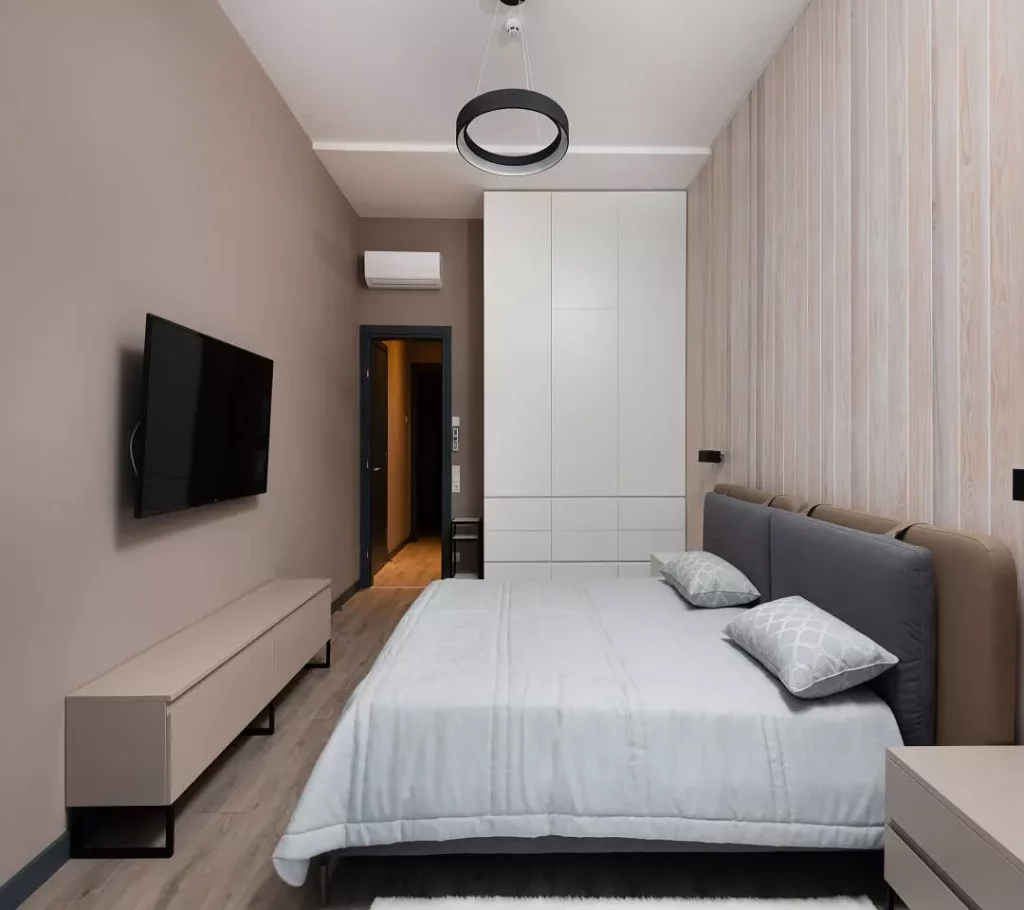Rising energy costs have households looking for solutions to reduce their carbon footprint. By making these changes, you may lessen your impact on the environment and your power expenses. Listed below are five strategies for improving your home’s energy efficiency.

Strategies To Make Your Home Energy Efficient
1. Upgrade to Energy-Efficient Appliances
Appliances are a major factor when it comes to the amount of energy used in a home. Saving money on your monthly energy costs is possible by upgrading to more efficient appliances. Always check the Energy Star label when purchasing a major appliance. Home appliances with the Energy Star label consume 10 to 50 percent less water and energy than those without. Moreover, think about getting a smart thermostat to figure out your routine and change the temperature accordingly.
2. Seal Air Leaks
Air leaks are one of the leading causes of wasted energy at home. The United States Department of Energy estimates that fixing air leaks can reduce energy use for heating and cooling by twenty percent. Ensure no cold spots around your home’s windows, doors, and other openings, and seal these spaces using caulking, weather stripping or foam insulation. In addition to lowering your monthly energy costs, this will make your home more pleasant to live in.
3. Install Energy-Efficient Windows
Older windows could be a source of energy loss in your home. You can save money on heating and cooling costs by installing energy efficient windows, which will help keep your home at a comfortable temperature year-round while also offering added protection from storms and hurricanes. Try to find Energy Star-rated, Low-E coated windows. These coatings reduce heat loss in the winter and heat gain in the summer by reflecting the sun’s rays into space.
4. Improve Insulation
Insulating your home is another option for cutting costs on energy use. If your home is well insulated, you can use less heat and air conditioning in the winter and summer. Ensure your home’s insulation is enough; if not, get extra. As warm air rises, it can easily escape through the roof, making attic insulation a top priority. If the attic is properly insulated, heating and cooling expenses can be cut in half.
5. Maintain Your Air Conditioner
When it comes to household appliances, your air conditioner is among the most energy hungry. Always have authorized air conditioner maintenance service done on a regular basis so that the unit runs more efficiently and use less energy overall. Maintaining a constant airflow necessitates regular filter cleaning or replacement. It’s essential to keep the outdoor unit free of obstructions like leaves and grass for optimal airflow. If your air conditioner is older than ten years, you should think about replacing it with a newer, more energy-efficient model.
Benefits of Making Your Home More Energy Efficient
1. Lower Energy Bills
You can lower your monthly energy costs by decreasing energy usage. The initial cost of making your home more energy efficient might be offset by the money you save in the long run.
2. Improved Comfort
Improving your home’s year-round comfort is as simple as sealing air leaks, installing insulation and updating to energy-efficient equipment. You can make your home more pleasant by eliminating drafts and keeping the temperature stable.
3. Increased Home Value
The value of your home can rise if you invest in energy-efficient upgrades, as there is a growing demand for such dwellings. Improvements to your home’s energy efficiency can increase its resale value if you ever decide to put it up for sale.
4. Reduced Carbon Footprint
Energy-efficient homes use less energy, which means fewer greenhouse gas emissions. Reducing your carbon footprint can contribute to a more sustainable future.
Things to Know Before Making Your Home More Energy Efficient
1. Conduct an Energy Audit
An energy audit can help you identify areas where you can make the most significant impact. A professional energy auditor can identify air leaks, insulation gaps and inefficient appliances, allowing you to prioritize your upgrades.
2. Consider DIY Upgrades
Some energy-efficient upgrades can be done by homeowners themselves. For example, weather-stripping doors and windows, installing low-flow showerheads, and replacing air filters are all simple upgrades that can improve your home’s energy efficiency.
3. Think Long-Term
Energy-efficient upgrades may require an initial investment, but they can save you money in the long run. Consider the long-term savings when making decisions about upgrades.
Tips for Making Your Home More Energy Efficient:
1. Use LED Bulbs
LED lights last significantly longer and consume less energy than their incandescent counterparts. You can reduce your electricity bill by switching to LED lamps.
2. Install Low-Flow Showerheads and Faucets
Installing low-flow fixtures like shower heads and faucets can help you save money on heating water. Water use and utility costs can be lowered by switching to low-flow fixtures.
Conclusion
Increasing your home’s energy efficiency can lower your utility costs and carbon footprint. Improving your home’s energy efficiency is as simple as upgrading to more efficient appliances, fixing air leaks, installing energy-efficient windows, adding insulation, and keeping up with routine air conditioner maintenance. You can make your home more hospitable and eco-friendlier by implementing these suggestions.



